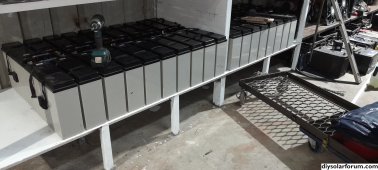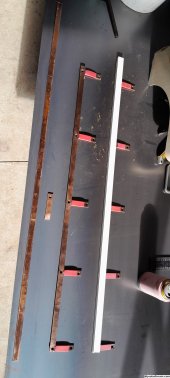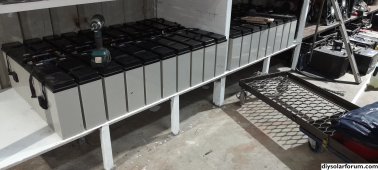derk diggla
New Member
Hi people, I'm trying to go off grid at home and this is what I have so for,
40 100AMP hour gel batteries
Pl80 solar controler
28 Alao 450w solar panels
3Kw latronics inverter
Solar to grid Automatic changeover switch
what I'm need to no is it going to work and how do I configure it with circuit breakers isolators and fuses to make it as safe as possible
If anyone can help would be much appreciated
40 100AMP hour gel batteries
Pl80 solar controler
28 Alao 450w solar panels
3Kw latronics inverter
Solar to grid Automatic changeover switch
what I'm need to no is it going to work and how do I configure it with circuit breakers isolators and fuses to make it as safe as possible
If anyone can help would be much appreciated








